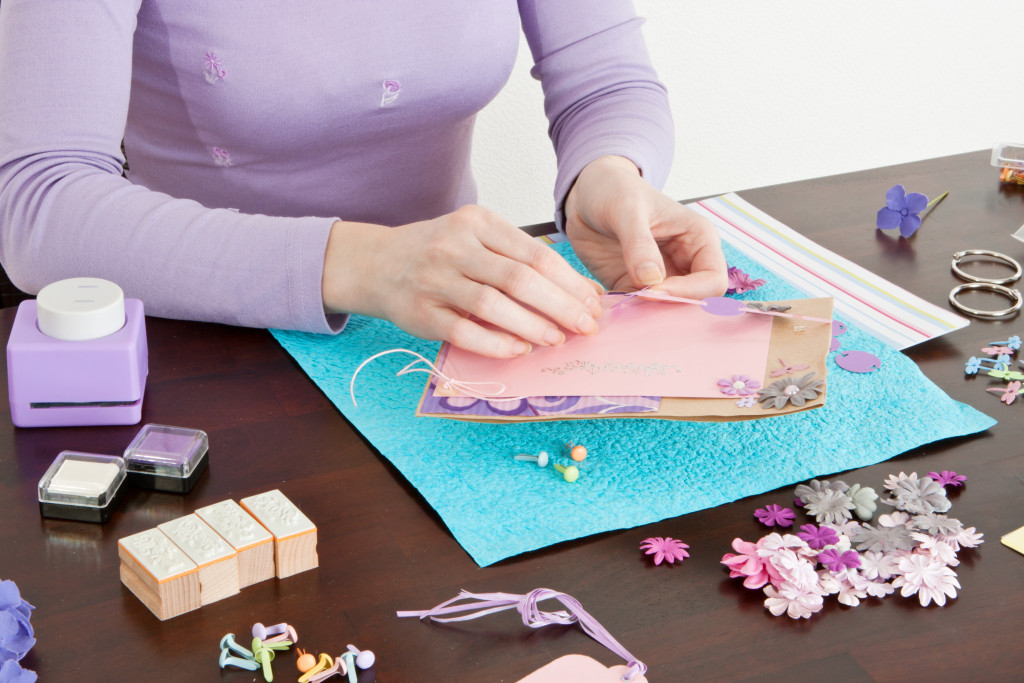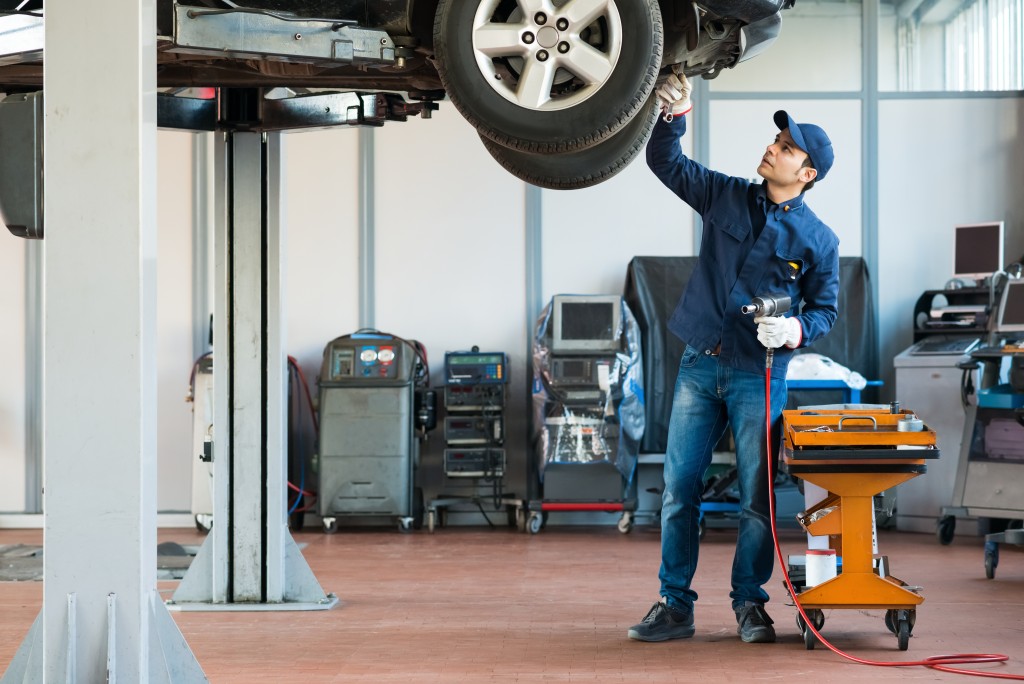Many aspects of how we live our day-to-day lives have changed throughout the pandemic, and many things are still evolving. When we look at the food and beverage industry, we know how the virus has hurt many businesses, both big and small. We are resilient, though, and we always look for ways to keep moving forward no matter what challenges we face. And food and beverage businesses are no stranger to this.
Let’s look at the points addressed and adjusted in dining places due to the virus. As coronavirus quickly spread throughout countries, health authorities and governments had to implement safety measures and health regulations to curb the rapidly increasing number of active cases. From practicing physical distancing, instilling curfews and work from home setup, and enforcing a quarantine, these factors contribute to the unexpected decline of many businesses. Apart from these regulations, we’ve also had to tackle a more stringent form of cleanliness. Sanitation procedures, hygienic practices, and protective equipment are all closely monitored and imposed.
Adapting to the Circumstances
Due to the fear of contracting the virus, many people preferred to stay at home, cook their meals, or order out. Because of this, revenue in a lot of dine-in places has plummeted, and many establishments have had to close down. However, many of those who could adjust to the new normal could innovate and offer new solutions to this predicament.
Emphasis on Delivery
One major change to how many restaurants operate is to have a delivery service in place of the dine-in experience. Because dining-in has been put to a stop as people practice self-isolation at home, restaurants had to come up with a way to reach their customers instead of the other way around. Thankfully food delivery services were already existing and flourishing even before the pandemic. But it does not give business owners a foolproof solution, as there are still some hiccups, like delivery delays, in the food delivery industry. As a restaurant owner, you might want to consider hiring your delivery personnel.

Personal Protective Equipment, Sanitation, and Health Protocols
Another major concern for owners is the health and safety of their staff. Encouraging and teaching good hygiene, implementing strict cleaning and sanitizing procedures, and having employees tested for the virus are actions owners take to reassure workers and boost morale. The World Health Organization has an extensive Q&A page for food businesses that tackle concerns like what to do if one staff has contracted the virus.
Now that most states have allowed dining in at restaurants, we need to keep an eye on potential risks this may cause both for customers and staff. Making front-line staff like waiters and cashiers wear their masks at all times during their shift ensures a degree of protection for them and the people they serve. Having an acrylic barrier at the counter is also now standard practice.
Aside from these measures, there is also the issue of sanitizing everything that customers would be using, not only chairs and tables but also cutlery, dishes, and self-service sections. With our limited understanding of the virus and how it spreads, some people have become wary of direct physical contact, even on exposed surfaces. Ordering hands-free equipment from Lakeside Manufacturing for your self-service sections helps ease consumer worries in this aspect. A condiments station where your customers won’t need to hold the pump and step on a pedal to get ketchup or mustard is a very good example of this.
Evolution Never Ends
On the topic of technology, modernizing restaurant businesses seems like the way to go for many restaurateurs. Streamlining the different avenues where you receive online food orders would help you track them more easily and help you send the orders to the kitchen for a faster workflow. Automating staff management also eases scheduling and payroll and helps save time and money on planning.
Adjusting business models and systems is not only happening in restaurants and other related businesses, but it is also happening to grocers, suppliers, and food production companies. Especially in food production, automating food processing and packing is now being implemented by more companies to ensure safety.
Although the virus has had businesses set back for most of 2020, the industry is slowly regaining its footing, and soon enough, the entire food industry will be back in full force. Reevaluating how we develop contingency plans that are more adaptive to unprecedented challenges would reshape how businesses will cater to consumers in the future.








